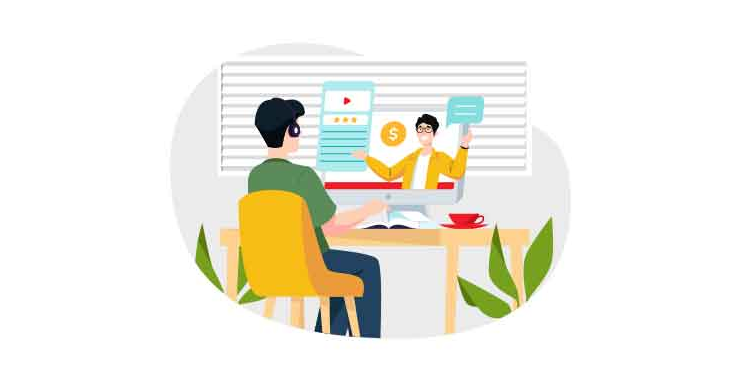1. Enhances Knowledge Retention: Gamification makes learning enjoyable and improves knowledge retention and recall through rewards, instant feedback, and challenges.
2. Improves Engagement and Motivation: By incorporating fun and engaging game elements, gamification boosts learner engagement, motivation, and commitment to learning objectives.
3. Fosters Collaboration and Positive Work Environment: Gamified learning encourages teamwork and collaboration, creating a supportive and productive work environment.
4. Boosts Productivity and Efficiency: It enhances workforce skills, leading to improved productivity and efficiency, ultimately driving business growth and returns on investment.
With continuous changes in the business environment and technologies, organizations must provide the workforce with the proper training and skill-enhancement opportunities. In this context, organizations are increasingly turning to gamification to enhance the impact of their employees’ learning and development programs.

The adage stating that work and learning are not supposed to be fun is hardly relevant in modern workplaces.
Organizations have come to realize that adding an element of fun to both work and learning can enhance the effectiveness of both.
It is why many organizations implement gamification as an integral part of their learning and development programs.

Gamification of learning and development involves incorporating gaming elements into the learning environment to create a highly engaging and effective experience for the learners.
It ensures higher retention and assimilation of the knowledge garnered through these programs.

By incorporating gamification concepts and elements into learning, organizations can develop the necessary skills in their workforce to drive greater business growth.
Gaming attributes such as goal setting, overcoming challenges, the affirmation of performance, exploration, strategizing for rewards and risks and getting instant feedback can make the learning experience rewarding for the employees.

Unlike traditional learning methods, which focus on pushing the learners to the content, a training program based on gamification is much more focused on the learners.
These programs make the learning process more engaging, enjoyable, and social.
Gamification involves applying game elements and mechanics in non-game contexts, such as corporate learning and development.
Discussed below are the key benefits of using this strategy to drive the best results from employee learning and development programs:

Gamification ensures better retention of knowledge and concepts for learners than traditional classroom training or even self-paced learning.
This is because gamification makes the learning process more enjoyable and interesting for the learners.
Moreover, incorporating gaming elements such as instant feedback and rewards to achieve learning objectives and milestones, as well as overcome challenges, further motivates learners.
This makes it easier for them to recall what they have learned and implement them effectively in the workplace.

Gamification in learning and development enhances learner engagement, a phenomenon that has been well-established.
This is because such learning sessions are far from being dull and boring. They are full of great excitement and activity, making learners feel more engaged.
In addition, the healthy competition between learners and the lure of instant rewards also keep the learners going.
Most importantly, it motivates the learners to keep learning from their failures and stay committed to their goals.

One of the most significant benefits of using learning and development programs based on gamification concepts is that it results in improved collaboration between employees.
These programs emphasize the significance of teamwork and the advantages of working closely with coworkers.
Employees are more willing to help and support each other, ensuring timely task completion.
Additionally, improving interpersonal relationships helps create a happy and pleasant work environment, which in turn enhances employee productivity.

Gamification ensures better understanding and retention of the learning outcomes.
It helps improve the overall productivity and efficiency of the workforce through skill enhancement.
Moreover, employees who feel satisfied and happy with the training programs will likely become more focused on their tasks.
They are thus motivated to implement their learning outcomes to fulfill their professional aspirations and drive business growth.
Gamification of employee learning and development programs is increasingly becoming key for organizations to enhance their business impact and get the desired returns on their investment.

Lead author: Sagar Chaudhuri, the Co-Founder and CEO of HiFives. He is an HR Tech Evangelist with over 25 years of experience in both corporate and entrepreneurial settings. Previously, Sagar has held leadership roles with companies such as Genpact, Infosys, and ICICI Bank. He has an engineering degree from IIT Kharagpur and an MBA from IIM Lucknow. Connect on LinkedIn
To stay updated on the latest HiFives blogs, follow us on Twitter (@MyHiFives)